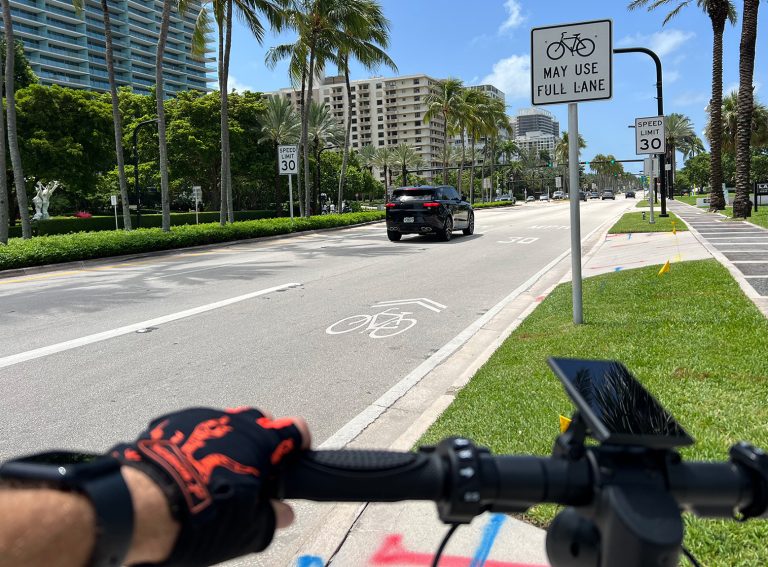Authors: Alan Clarke, Senior Director of Policy at Lime, and Ashok Sinha, CEO at London Cycling Campaign
Long-awaited revisions to the Highway Code came into effect last month – the first major overhaul in the code since 2006. The changes bring a new “hierarchy of road users” that recognises the danger heavier, faster vehicles pose to more vulnerable road users, including cyclists.
Now, the onus is on motorists to be aware of the fact that they represent the greatest threat on the road. The guidancance makes clear it’s their responsibility to give cyclists more space, including a distance of at least 1.5 metres when overtaking. Larger vehicles must also give way to both cyclists and pedestrians when turning into a road, even if there is no zebra crossing.
Road awareness reset
The changes come at a pivotal time for cycling in the UK. A shift in road use under lockdown sparked a record 200 per cent increase in weekend cycling, coupled with a 62 per cent jump in the average number of miles cycled per person in 2020 compared to 2019. Similarly, figures from Lime show that hired e-eike trips doubled in 2021, clocking up a record-breaking 2.4 million journeys in one year alone.
The updates to the Highway Code are all part of the government’s consequent vision to better prioritise the way road space is used by local authorities. It shows they are taking cycling’s ability to create a sustainable transport system, which reduces emissions and improves public health, more seriously. It is both welcome and long overdue. But do they go far enough to generate meaningful change?
A fresh mentality
The largest problem is that new codes of this type are difficult to enforce without a complete overhaul in the way drivers regard cyclists. A recent study found that four in 10 drivers believe there has been an increase in aggressive driving around cyclists in the past five years. And, while the majority of drivers do behave responsibly, rules such as the Highway Code are often too easily dismissed.
Ambitions to create a new hierarchy of road users is clearly noble in its vision. But for it to become an everyday reality that transforms how motorists behave on the road, we have to shift the mindsets that currently represent an endemic culture of tension towards cyclists. We need to get to a point where all drivers think “how would I want to be treated if I were on a bike” when they get behind the wheel. It must be understood by every driver that a car’s size and presence, mean that drivers hold greater responsibility for the road safety of other road users.
A key way to tackle this is investment in a high-profile public awareness initiative that clearly lays out the new rules, the penalties for ignoring them and the need to protect vulnerable road users. If the government could achieve the same kind of success story for the Highway Code and cycling safety as the impact of its hard-hitting ‘THINK! adverts on seatbelt safety and drink driving, the implications could be significant.
With TfL also expanding its e-scooter trial in London last year, the Highway Code should also look to include e-scooter riders too, placing them under the same protection as riders of bikes and e-bikes to remove any room for confusion on the roads.
The new Highway Code is undoubtedly a step in the right direction for road safety and has the potential to encourage more road users to choose cycling as a mode of transport with significant environmental and health benefits. However, the Government needs to elevate its new messages to generate behaviour change and give wind to the wheels of the cycling revolution to come.
Lime and London Cycling Campaign are long term strategic partners working together to reduce road danger reduction, as well as promoting active transport and micromobility.








